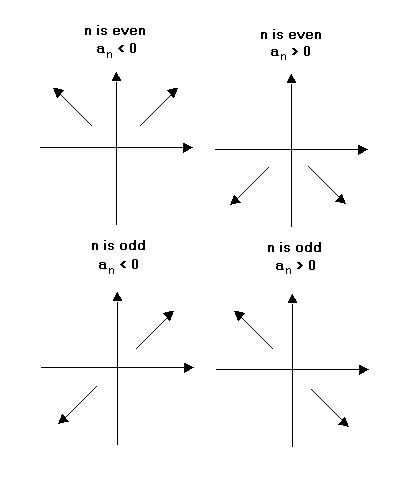Suggestions
Use up and down arrows to review and enter to select.Please wait while we process your payment
If you don't see it, please check your spam folder. Sometimes it can end up there.
If you don't see it, please check your spam folder. Sometimes it can end up there.
Please wait while we process your payment

By signing up you agree to our terms and privacy policy.
Don’t have an account? Subscribe now
Create Your Account
Sign up for your FREE 7-day trial
Already have an account? Log in
Your Email
Choose Your Plan
Individual
Group Discount
Save over 50% with a SparkNotes PLUS Annual Plan!
 payment page
payment page
Purchasing SparkNotes PLUS for a group?
Get Annual Plans at a discount when you buy 2 or more!
Price
$24.99 $18.74 /subscription + tax
Subtotal $37.48 + tax
Save 25% on 2-49 accounts
Save 30% on 50-99 accounts
Want 100 or more? Contact us for a customized plan.
 payment page
payment page
Your Plan
Payment Details
Payment Summary
SparkNotes Plus
You'll be billed after your free trial ends.
7-Day Free Trial
Not Applicable
Renews November 28, 2024 November 21, 2024
Discounts (applied to next billing)
DUE NOW
US $0.00
SNPLUSROCKS20 | 20% Discount
This is not a valid promo code.
Discount Code (one code per order)
SparkNotes PLUS Annual Plan - Group Discount
Qty: 00
SparkNotes Plus subscription is $4.99/month or $24.99/year as selected above. The free trial period is the first 7 days of your subscription. TO CANCEL YOUR SUBSCRIPTION AND AVOID BEING CHARGED, YOU MUST CANCEL BEFORE THE END OF THE FREE TRIAL PERIOD. You may cancel your subscription on your Subscription and Billing page or contact Customer Support at custserv@bn.com. Your subscription will continue automatically once the free trial period is over. Free trial is available to new customers only.
Choose Your Plan
For the next 7 days, you'll have access to awesome PLUS stuff like AP English test prep, No Fear Shakespeare translations and audio, a note-taking tool, personalized dashboard, & much more!
You’ve successfully purchased a group discount. Your group members can use the joining link below to redeem their group membership. You'll also receive an email with the link.
Members will be prompted to log in or create an account to redeem their group membership.
Thanks for creating a SparkNotes account! Continue to start your free trial.
We're sorry, we could not create your account. SparkNotes PLUS is not available in your country. See what countries we’re in.
There was an error creating your account. Please check your payment details and try again.
Please wait while we process your payment

Your PLUS subscription has expired
Please wait while we process your payment
Please wait while we process your payment

Graphing Higher Degree Polynomials
As the degree of a polynomial increases, it becomes increasingly hard to sketch it accurately and analyze it completely. There are a few things we can do, though.
Using the Leading Coefficient Test, it is possible to predict the end behavior of a polynomial function of any degree. Every polynomial function either approaches infinity or negative infinity as x increases and decreases without bound. Which way the function goes as x increases and decreases without bound is called its end behavior. End behavior is symbolized this way: as xâÜ’a, fâÜ’b; "As x approaches a, f of x approaches b."
If the degree of the polynomial function is even, the function behaves the same way at both ends (as x increases, and as x decreases). If the leading coefficient is positive, the function increases as x increases and decreases. If the leading coefficient is negative, the function decreases as x increases and decreases.
If the degree of the polynomial function is odd, the function behaves
differently at each end (as x increases, and as x decreases). If the
leading coefficient is positive, the function increases as x increases, and
decreases as x decreases. If the leading coefficient is negative, the
function decreases as x increases and increases as x decreases. The figure
below should make this all clearer.


Besides predicting the end behavior of a function, it is possible to sketch a function, provided that you know its roots. By evaluating the function at a test point between roots, you can find out whether the function is positive or negative for that interval. Doing this for every interval between roots will result in a rough, but in many ways accurate, sketch of a function.
Please wait while we process your payment

